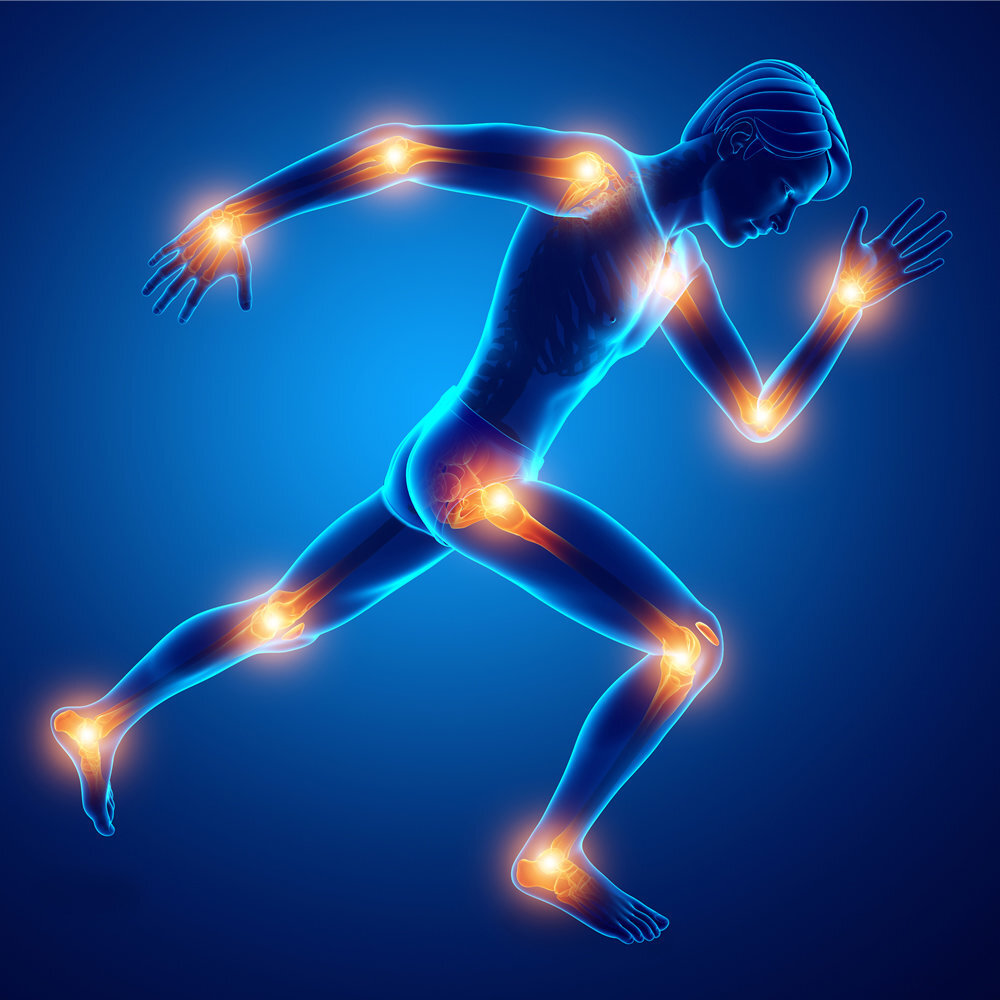Blog Articles

BY Medilik | Oct 31, 2025
Join Medilik Newsletter



Our bones, joints, muscles, and ligaments form the framework that keeps us moving every day. When pain or injury affects that system, even simple actions like walking or lifting can become difficult. Orthopedic surgery focuses on diagnosing, treating, and preventing conditions that affect the musculoskeletal system, helping patients regain mobility and return to an active life.

Orthopedic surgery is a medical specialty that addresses problems involving the body’s movement system, the bones, joints, muscles, tendons, and ligaments.
Orthopedic surgeons treat both acute injuries (such as fractures or ligament tears) and chronic conditions (like arthritis or spine disorders).
Some common orthopedic procedures include:
• Joint replacement surgery (knee, hip, or shoulder)
• Arthroscopy, a minimally invasive technique used to diagnose and repair joint problems
• Spinal surgery for herniated discs or alignment issues
• Fracture repair and trauma surgery
• Ligament reconstruction, such as ACL repair
These procedures aim to restore function, reduce pain, and improve quality of life.
Surgery is often considered when non-surgical treatments such as physical therapy, medication, or injections no longer relieve symptoms.
Common reasons include:
• Persistent joint pain or stiffness
• Limited movement affecting daily life
• Structural damage visible on imaging scans
• Sports injuries or trauma that prevent recovery
The decision is always made after a thorough evaluation and discussion between the patient and their orthopedic specialist.
Modern orthopedic surgery has advanced significantly with minimally invasive techniques, robotic assistance, and 3D imaging, allowing greater precision and faster recovery times.
Patients often benefit from smaller incisions, less pain, and shorter hospital stays. Rehabilitation begins early, promoting quicker return to normal activities.
Subscribe to our newsletter—for free, to stay up to date on new medical advances and much more!
Recovery after orthopedic surgery varies depending on the procedure but typically includes a structured rehabilitation plan. Physical therapy plays a key role in restoring movement, building strength, and preventing stiffness.
Patience and adherence to post-operative instructions are essential for achieving the best results.
Maintaining bone and joint health isn’t only about surgery! prevention matters, too. Regular exercise, balanced nutrition, maintaining a healthy weight, and practicing good posture all help protect the joints and spine.
Listening to your body and addressing discomfort early can prevent minor issues from becoming chronic problems.
Don’t miss your chance to get a free consultation with our Orthopedic surgeon.
Orthopedic surgery helps people move freely again without the limitations of pain or stiffness. Through advanced techniques and personalized care, patients can regain mobility, independence, and confidence in their bodies.